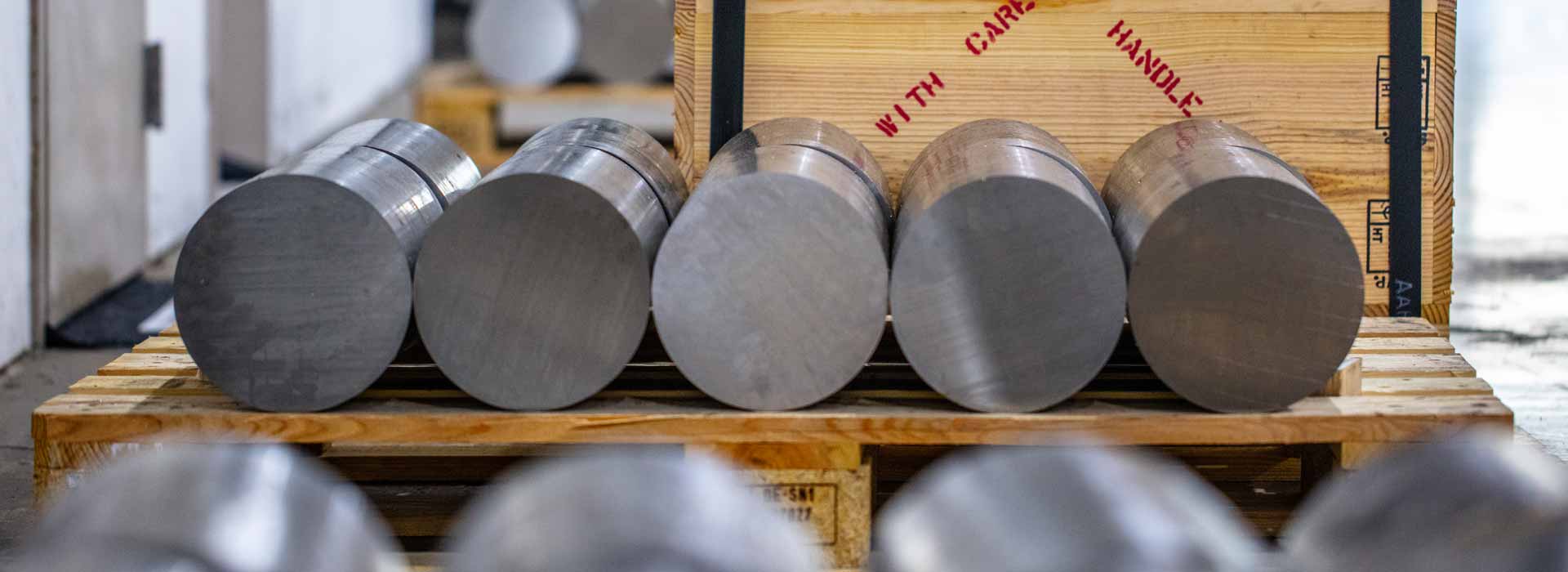Sheets that have prohibited defects, for example seams and buckled plates. Generally fit for remelting purposes only.
Usually supplied cold rolled and annealed in large widths and cut and hardened by the spring manufacturers. Carbon content about 1.15 and Tungsten .17, extra precision rolled.
Process of hardening high carbon steels by quenching in water or brine, after heating.
Not flat. A slight wave following the direction of rolling and beyond the standard limitation for flatness.
A process used to join metals by the application of heat. Fusion welding, which includes gas, arc, and resistance welding, Requires that the parent metals be melted. This distinguishes fusion welding from brazing. In pressure welding joining is accomplished by the use of heat and pressure without melting. The parts that are being welded are pressed together and heated simultaneously, so that recrystalization occurs across the interface.
Spring steel wires produced from acid open-hearth steels (see notes at MB GRADE).
Increase in resistance to deformation (i.e. in hardness) produced by cold working.
The characteristic or group of characteristic that determines the ease of forming a metal into desired shapes. ?
Iron containing only a very small amount of other elements, but containing 1-3% by weight of slag in the form of particles elongated in one direction, giving the iron a characteristic grain. Is more rust-resistant than steel and welds more easily.
